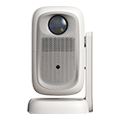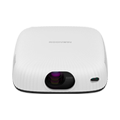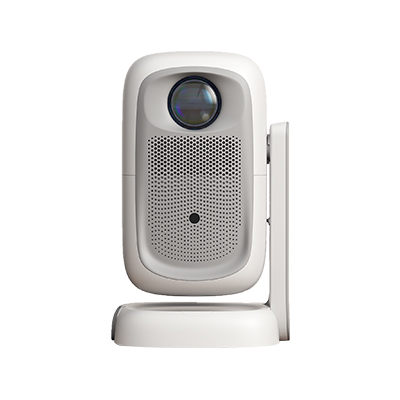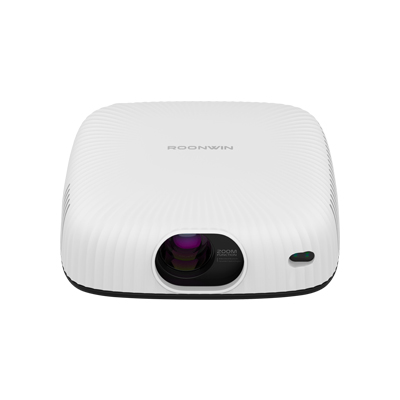
Projector latency refers to the time delay between the input signal and the projected image. In applications such as gaming, live - streaming, and real - time presentations, low latency is crucial to ensure a seamless and responsive experience. Conducting accurate projector latency testing is essential for evaluating the performance of projectors and making informed purchasing decisions.
There are several methods for testing projector latency. One common approach is to use a latency testing device, which generates a test signal and measures the time it takes for the projector to display the corresponding image. These devices typically work by sending a known pattern, such as a black - to - white transition or a fast - moving object, to the projector and then using high - speed cameras or specialized sensors to record the time of the input signal and the projected image. By calculating the time difference between the two, the latency of the projector can be accurately determined.
Another method involves using software - based testing tools. Some software applications are designed to measure the latency between a computer or a gaming console and the projector. These tools work by sending a series of test frames to the projector and analyzing the time it takes for the projector to display them. They can also provide additional information, such as frame rate and image quality, during the latency testing process. This software - based approach is convenient for users who want to test the latency of their projectors without the need for additional hardware.
When conducting projector latency testing, it is important to consider various factors that can affect the results. The type of input signal, such as HDMI, VGA, or wireless, can impact the latency. Different resolutions and refresh rates can also have an effect, as higher resolutions and refresh rates may require more processing time, potentially increasing the latency. Additionally, the processing power of the projector and the quality of the cable connections can influence the latency. To obtain accurate results, it is recommended to test the projector under different conditions, including various input sources, resolutions, and refresh rates.
The results of projector latency testing are valuable for both consumers and manufacturers. For consumers, knowing the latency of a projector helps them choose a device that is suitable for their specific applications. For example, gamers typically prefer projectors with low latency to ensure a responsive gaming experience, while live - streamers need projectors with minimal latency to avoid delays in the broadcast. For manufacturers, latency testing provides insights into the performance of their products, allowing them to identify areas for improvement and develop more advanced projector models with lower latency. Projector latency testing is an important process for evaluating the performance of projectors and ensuring a high - quality viewing experience in various applications.
Read recommendations:
HW30 Home Cinema - HW Series Projector
Regular Maintenance of Projectors
Projectors with 3D Support




















 Reviewed:
Reviewed:











